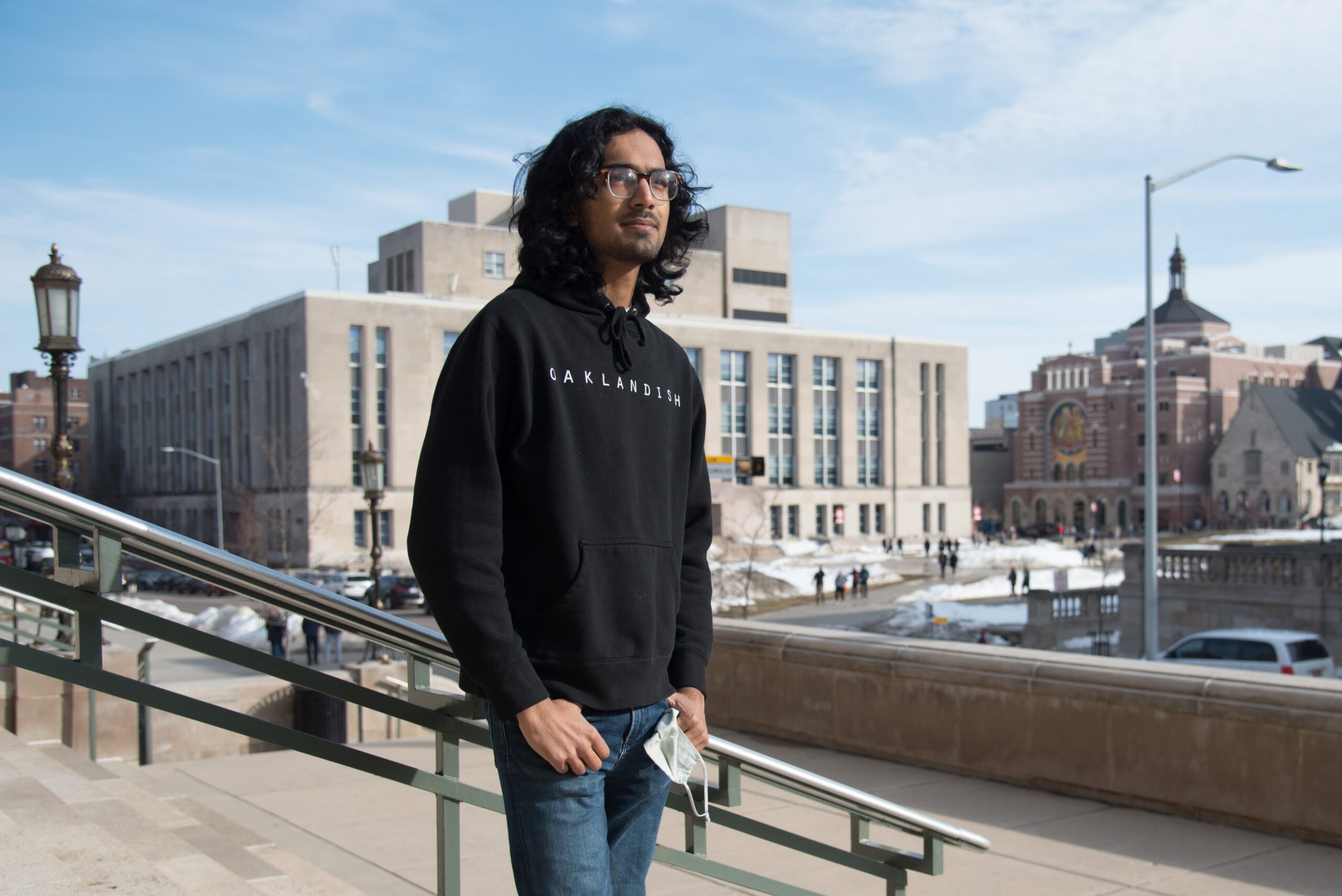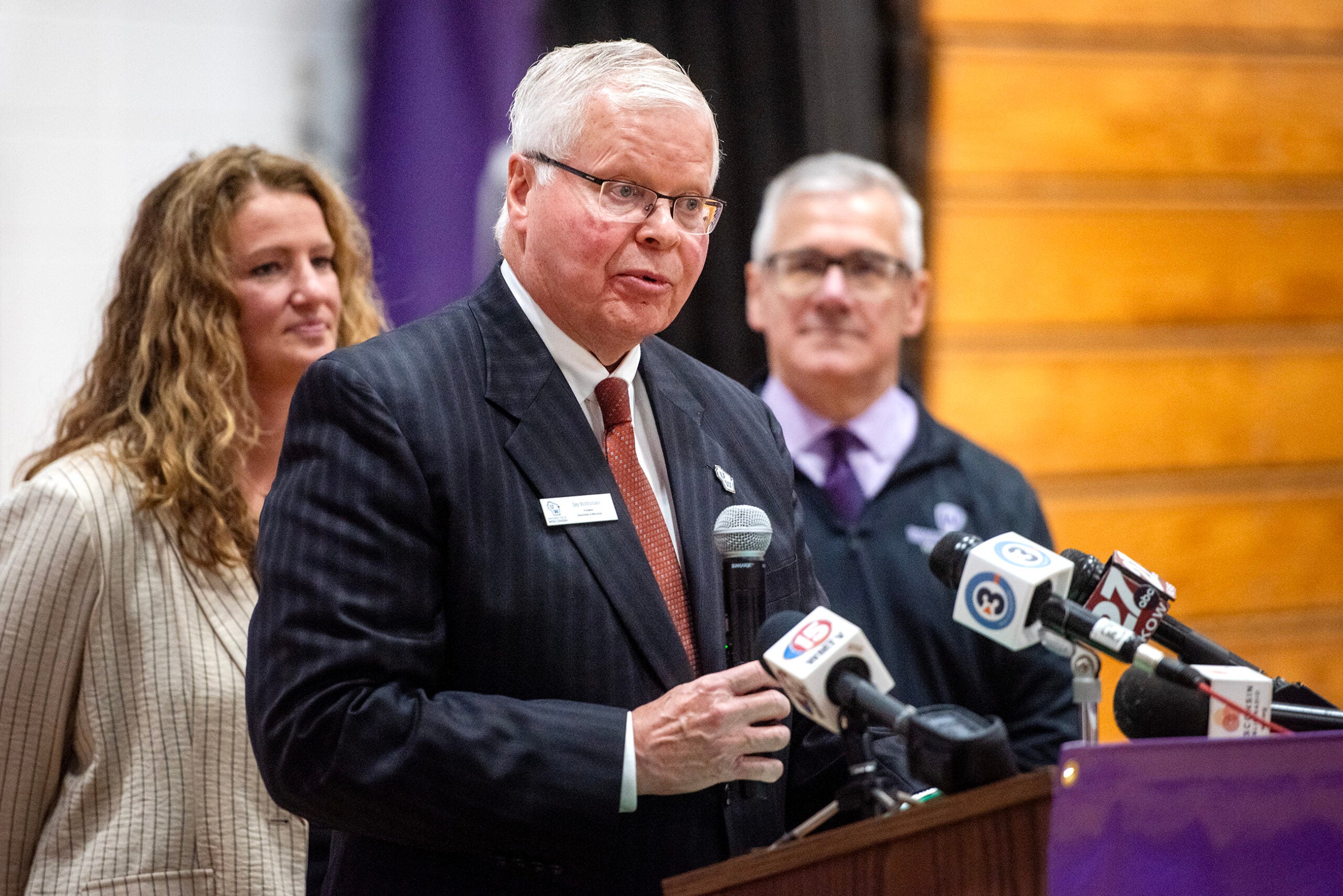Azul Kothari felt sure he would catch COVID-19 during the fall semester as infections surged at the University of Wisconsin-Madison. At the peak of last year’s outbreak, the university reported a weekly average of infections of more than 10 percent of students tested.
Kothari, a third-year student from Piedmont, California, is often around students in his work as a house fellow — what other campuses might call a resident assistant — in Sellery Residence Hall on campus.
“I just thought I would get it through community spread at some point,” he said. “I thought it was pretty inevitable.”
News with a little more humanity
WPR’s “Wisconsin Today” newsletter keeps you connected to the state you love without feeling overwhelmed. No paywall. No agenda. No corporate filter.
Kothari, a double major in material science engineering and biochemistry, watched as a stream of newly infected students moved into temporary quarantine or isolation housing.
“Every day, you would see people turning their keys in to the front desk,” he said.
Somehow, he avoided an infection in the fall. In January, he received his first vaccine dose in California — an extra dose that would have been discarded. He hopes the campus will be safer for everyone this spring as the university tries new tactics to prevent another COVID-19 surge. Those include strict testing protocols.
The university this semester is requiring undergraduates living on or near campus to take coronavirus tests twice each week. Undergraduates who live further away from campus are tested every four days. Graduate students and employees must get a weekly test to gain access to campus spaces.
A smartphone application called Safer Badgers helps students and staff coordinate test scheduling, track results and gain admission to campus buildings and shared spaces.
The university also expanded its testing capacity by 70,000 tests per week by adding a saliva-based testing program for most students, faculty and staff. Some on campus initially criticized the system during a rocky rollout.
“Saliva testing is something that feels really weird to do,” Kothari said. “It’s literally the grossest thing.”
People arriving at testing facilities receive a small vial, funnel and instructions to pool their drool beneath their tongues. Lining up along the edge of the room — “essentially urinal-style” — test recipients drool through the funnel into the vial, Kothari said.
“You’re not allowed to spit,” he said. Nor should someone eat or drink before a test, which can lead to a sample being rejected. Rejections are a “nuisance” for students who may lose access to buildings by failing to show a negative test result, Kothari said.
Kothari has experienced few major life disruptions during the pandemic — aside from the campus’ closure in spring 2020 when COVID-19 first arrived in Wisconsin.
Completing that semester virtually while spending time at home with family was comfortable, Kothari said.
“I don’t think it’s affected my life to the degree that it’s affected other people’s lives, I mean people have lost jobs, people have lost loved ones,” he said. “I’ve been very fortunate.”
Outbreak Wisconsin is a collaborative project by Wisconsin Watch and WPR following Wisconsin residents as they navigate life during the coronavirus pandemic. The residents will contribute diary entries, in the form of audio, video, text, drawings and photos of themselves, their families and personal and professional lives. That content will be supplemented by interviews and digital content to provide a full picture of how the pandemic is affecting all aspects of life in Wisconsin.






